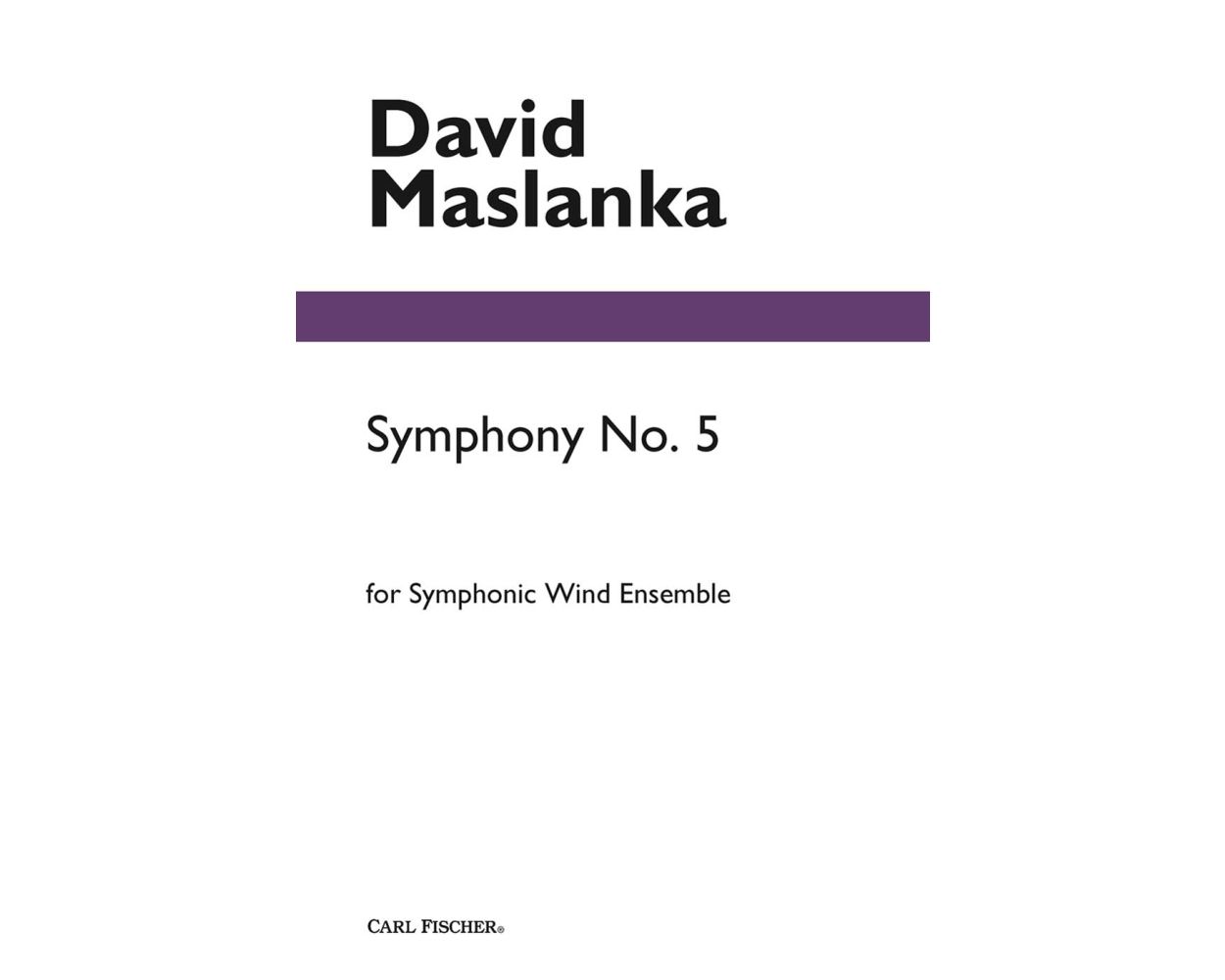Results
-
£23.00
Play The 1st Clarinet With The Ballroom Dance Orchestra Vol. 5 - Günter Noris
Gnter Noris Complete Collection Volume 5
Estimated dispatch 10-14 working days
-
£23.00
Play The 1st Flute With The Ballroom Dance Orchestra Vol. 5 - Günter Noris
Gnter Noris Complete Collection Volume 5
Estimated dispatch 10-14 working days
-
£23.00
Play The 1st Horn With The Ballroom Dance Orchestra Vol. 5 - Günter Noris
Gnter Noris Complete Collection Volume 5
Estimated dispatch 10-14 working days
-
£23.00
Play The 1st Oboe With The Ballroom Dance Orchestra Vol. 5 - Günter Noris
Gnter Noris Complete Collection Volume 5
Estimated dispatch 10-14 working days
-
£23.00
Play The 1st Trombone With The Ballroom Dance Orchestra Vol. 5 - Günter Noris
Gnter Noris Complete Collection Volume 5
Estimated dispatch 10-14 working days
-
£23.00
Play The 1st Trumpet With The Ballroom Dance Orchestra Vol. 5 - Günter Noris
Gnter Noris Complete Collection Volume 5
Estimated dispatch 10-14 working days
-
£23.00
Play The Tuba With The Ballroom Dance Orchestra Vol. 5 - Günter Noris
Gnter Noris Complete Collection Volume 5
Estimated dispatch 10-14 working days
-
£23.00
Play The 1st Tenor Sax With The Ballroom Dance Orchestra Vol. 5 - Günter Noris
Gnter Noris Complete Collection Volume 5
Estimated dispatch 10-14 working days
-
 £131.00
£131.00Symphony No. 5
This four movement piece was composed around three recognized chorale melodies: Durch Adams Fall ("Through Adam's Fall") in the first movement; O Lamn Gottes, unschuldig ("O Lamb of God, without Blame") in the second movement; and Christ lag in Tdesbanden ("Christ Lay in the Bonds of Death") in the third and fourth movements. Although Maslanka's works usually portray feelings of loss and grief, Symphony No. 5 is filled with a bright and hopeful energy. The music continually speaks to the theme of transformation - the transformation of tears into power, and the victory of life over death.
Estimated dispatch 12-14 working days
-
 £95.99
£95.995 Tantum Ergo (Concert Band - Score and Parts) - Bruckner, Anton - Doss, Thomas
Anton Bruckner (b. 4.9.1824, Ansfelden, d. 11.10.1896, Vienna) didn't have it easy. Throughout his life, the Austrian composer was plagued by self-doubt. Anton Bruckner came from a simple, rural background. After the death of his father, he was accepted as a choirboy at the monastery of Sankt Florian in 1837. After several years as a school assistant and his own organ and piano studies, he first worked as organist in St. Florian, then from 1855 as cathedral organist in Linz. Introduced to music theory and instrumentation by Simon Sechter and Otto Kitzler, he discovered Richard Wagner as an artistic role model, whom he admired throughout his life and also visited several times in Bayreuth. In 1868 Anton Bruckner became professor of basso continuo, counterpoint and organ at the Vienna Conservatory; ten years later court organist; and in 1891 finally honorary doctor of the University of Vienna. He was considered an important organ virtuoso of his era, but had to wait a long time for recognition as a composer. It was not until Symphony No.7 in E major, composed between 1881 and 1883, with the famous Adagio written under the effects of Wagner's death, that he achieved the recognition he had hoped for, even if he was reluctant to accept it given his inclination towards scepticism and self-criticism. Anton Bruckner was a loner who did not want to follow a particular school or doctrine. He composed numerous sacred vocal works, such as his three masses, the Missa Solemnis in B flat minor (1854), the Te Deum (1881-84) and numerous motets. As a symphonic composer, he wrote a total of nine symphonies and many symphonic studies from 1863 onwards, tending to revise completed versions several times over. Bruckner's orchestral works were long considered unplayable, but in fact were merely exceptionally bold for the tonal language of their time, uniting traditions from Beethoven through Wagner to folk music, on the threshold between late Romanticism and Modernism. Hymns for four-part mixed choir a cappella (1846, St. Florian) No. 1 in E flat major (WAB 41/3): Quite Slow No. 2 in C major (WAB 41/4): Andante No. 3 in B flat major (WAB 41/1): Slow No. 4 in A flat major (WAB 41/2): Slow Hymn for five-part (SSATB) mixed choir and organ No. 5 in D major: Solemnly They are simple works, completely subordinate to their liturgical use, which nevertheless already show numerous characteristics of personal expression. These small pieces were able to stand up to the harsh scrutiny of the mature master: in 1888, Bruckner subjected them to a revision in which he made only minor corrections.Duration: 11.00
Estimated dispatch 7-14 working days
